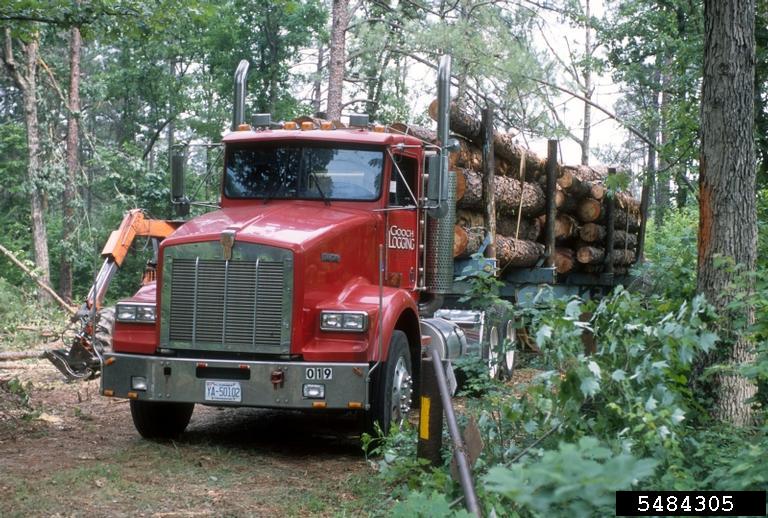You can reduce the amount you pay in taxes following a timber harvest just by knowing and using your basis.
We recently acquired a parcel, next to the original homestead, that we had been hoping would come on the market. It gives us a bit more frontage along the creek that passes through our property. It also adds some beautiful, hardwood stands that have been well managed.
The last owner had worked with us on a couple of joint timber harvesting operations that benefited both our lands. When he became too old to manage and enjoy the property, he gave us first crack at buying the land since his kids weren’t interested in it. It seems they would rather inherit the money rather than the land with its “hassles” and high taxes.
Taxes would be an issue for us as well, and so we took it upon ourselves to get a good estimation of the value of the timber on this new parcel. That bit of information is called the basis, and it is defined as the value of the trees separate from the land. Or the proportion of your purchasing price that was trees comparted to land.
You use your basis when selling timber so that you only pay taxes on the increase in value of the trees sold, and it works like this. Let’s say we hold a timber sale on this new parcel ten years in the future, and make $50,000 from the sale. When we bought the property, we estimated that our basis was $30,000.
If we didn’t know our basis, we would have to pay taxes on the $50,000 as regular income. Since we know our basis, we only pay taxes on the gain in value of that timber, which was $20,000. And we report that as capital gains just like any other investment that we have.
It all sounds pretty easy, right? The concept is pretty simple, but there are a few calculations that need to take place that may make figuring out your basis difficult.
For instance, you will need a pretty good estimate as to the volume of timber on your property. You will also need to know the fair market value of that timber at the time when you bought the property. The volume estimate is something most landowners can do with a bit of training, but the other part is more difficult.
That is where you probably want to enlist the services of a forester. They have knowledge of what different trees are going for in the market and can calculate a value for your timber. They can also help figure out what your timber was worth when you bought or inherited the property several years ago.
The process for determining basis becomes more difficult the longer it has been since the land was bought or if the land was inherited or received as a gift. You definitely want to work with a professional forester under these circumstances.
We were able to do the inventory ourselves, and even though we hold timber sales pretty regularly, we still decided to hire a forester to calculate the value. As a bonus, we were able to write off the cost of hiring a forester as a business expense.
You can learn more about basis by viewing “Determine Basis And Keep More Timber Income”.
